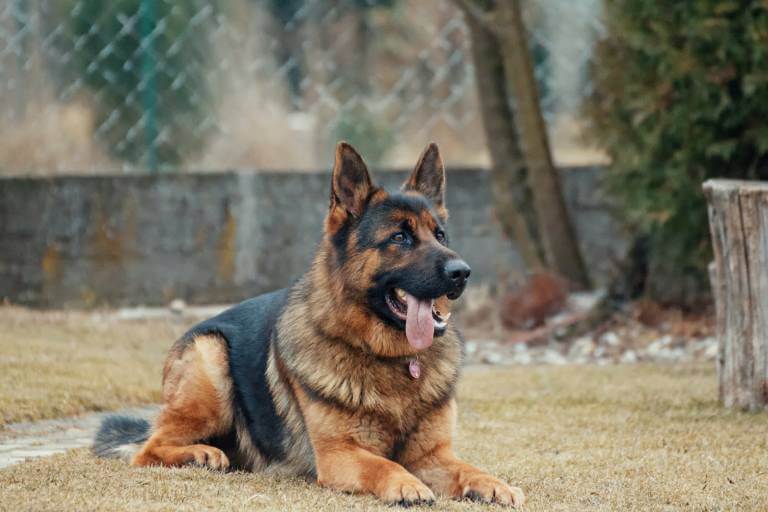How Long Does It Take For A Dog To Give Birth?
Post Date:
December 10, 2024
(Date Last Modified: December 10, 2024)
How long does it take for a dog to give birth? This question often arises among dog owners, especially those with a pregnant dog. The gestation period for dogs typically lasts around 63 days, but it can vary between 58 to 68 days. This timeframe is crucial for the development of the puppies and involves numerous changes in the expectant mother.
Stages of Labor
Labor in dogs unfolds in three distinct stages. The first stage can last from 6 to 12 hours, during which the mother prepares for delivery. Signs of discomfort or anxiety may be apparent as she seeks a quiet, comfortable place to settle. It’s essential for owners to monitor their dog closely during this time to ensure she feels safe.
The second stage is when delivery occurs, lasting between 3 to 12 hours, depending on various factors. The first puppy may take longer to arrive, with subsequent puppies typically delivered within 30 to 60 minutes of each other. Patience is vital, as the mother instinctively knows how to proceed. Owners should remain calm and only intervene if necessary.
The final stage involves the delivery of the placenta, with each puppy usually accompanied by its own. The mother’s instinct may lead her to eat the placenta, a natural behavior that aids in her recovery.
Monitoring the Mother’s Health
During the birthing process, watching for signs of distress in the mother is crucial. Excessive bleeding, prolonged labor, or unusual lethargy may require immediate veterinary attention. If there are concerns about the puppies’ health or the mother’s behavior, consulting a veterinarian is essential.
After giving birth, the mother will nurse and care for her puppies, providing them with colostrum, which is rich in antibodies. This bonding time is crucial for both the puppies and the mother, helping her adjust to her new role.
Puppy Development and Socialization
As the puppies grow, they begin exploring their surroundings, and their personalities start to emerge. Socialization during this early stage is vital, laying the groundwork for their future behavior. Gently handling the puppies helps them become comfortable with human interaction.
Factors such as breed, age, and overall health can influence the duration of labor and the number of puppies. Some breeds are known for larger litters, while first-time mothers may take longer than experienced ones. Recognizing these differences can help owners prepare for the birthing process.
Preparing for Birth
Creating a suitable whelping area for the mother is crucial. This space should be quiet, clean, and comfortable, offering her security as she gives birth. Soft, washable bedding and clean towels are essential, as is a whelping box to provide a safe environment for the mother and her puppies.
Monitoring the mother’s diet during pregnancy and after giving birth is equally important. A balanced, nutrient-rich diet supports her health and the growth of her puppies. Consulting with a veterinarian for specific feeding recommendations is advisable, as pregnant and nursing dogs often require higher caloric intake.
Celebrating New Life
As the puppies reach various milestones, such as opening their eyes and starting to walk, each development serves as a joyful reminder of the miracle of life and the effort involved in bringing them into the world.
The experience of witnessing the birth and nurturing the puppies can be incredibly rewarding. The bond formed during this time is unique, enriching the lives of both the mother and her human companions.
Puppies will eventually need loving homes, and responsible owners ensure that each one is adopted by families capable of providing care and attention. This thoughtful decision plays a crucial role in a puppy’s life and well-being.
The journey of canine birth encompasses learning, growth, joy, and challenges. Each puppy brings a new story, reflecting the incredible bond between dogs and their humans. This experience fosters love and connection within the family, creating lasting memories.






